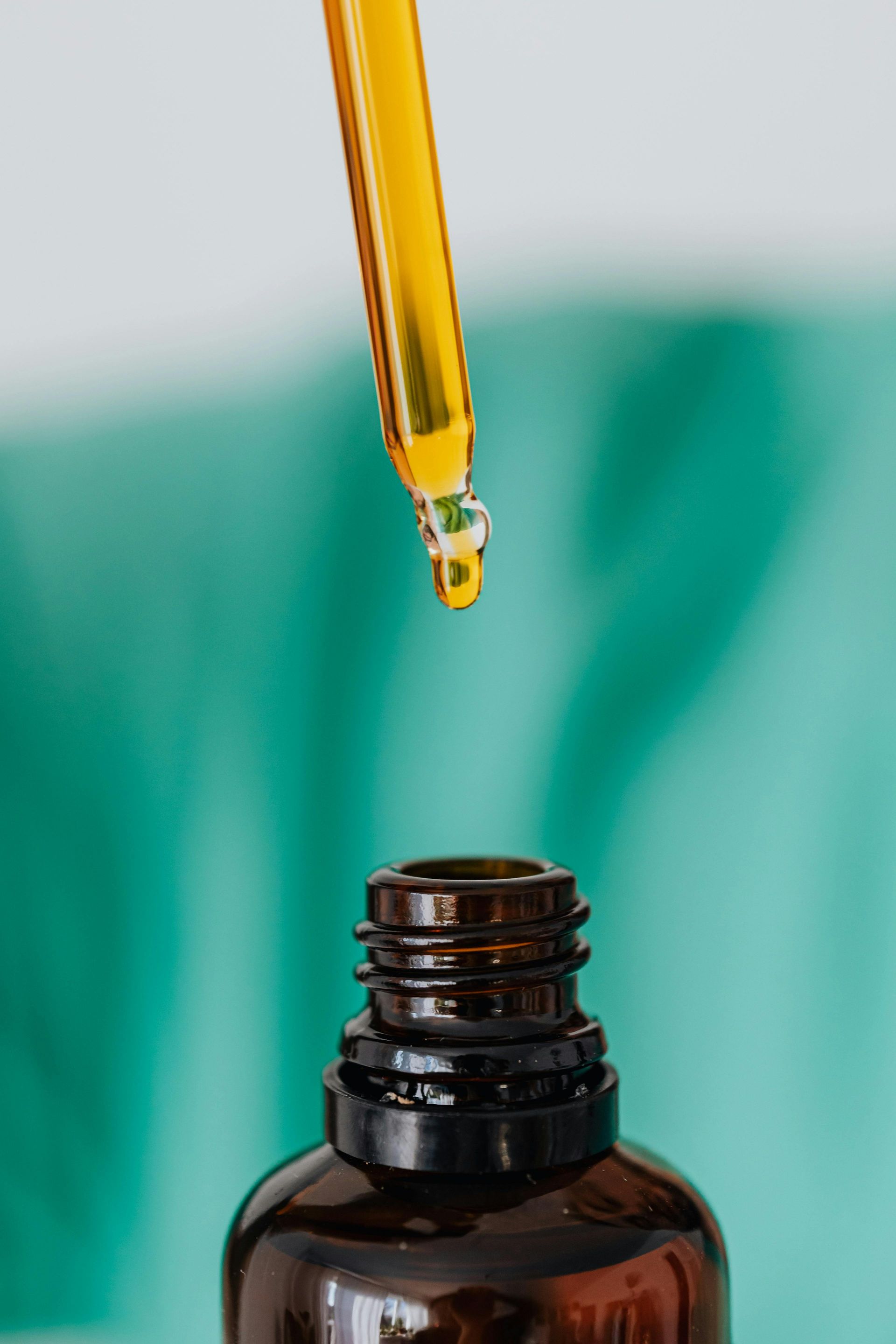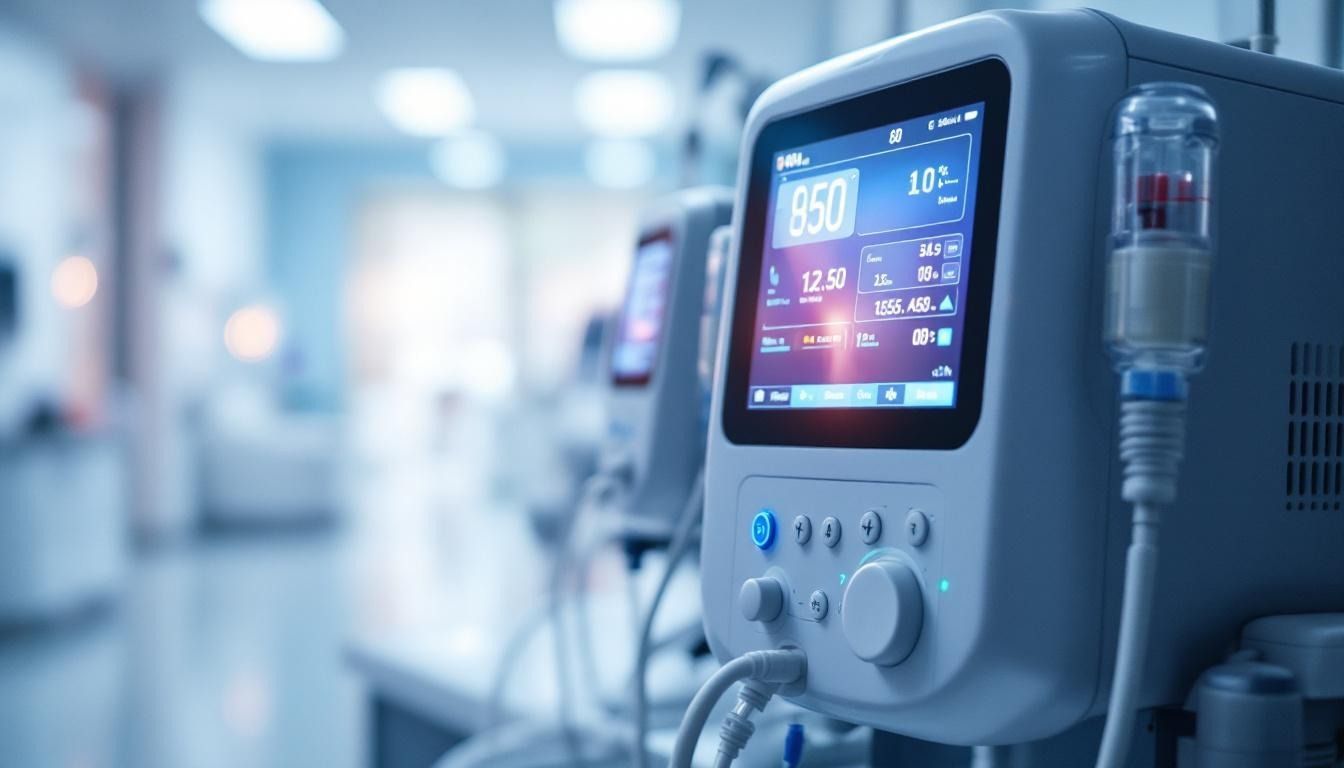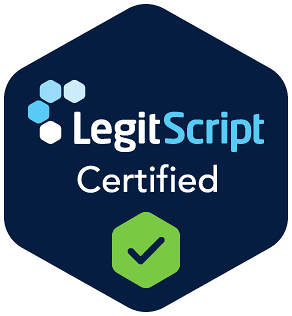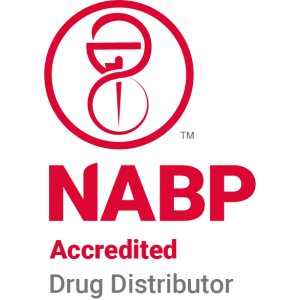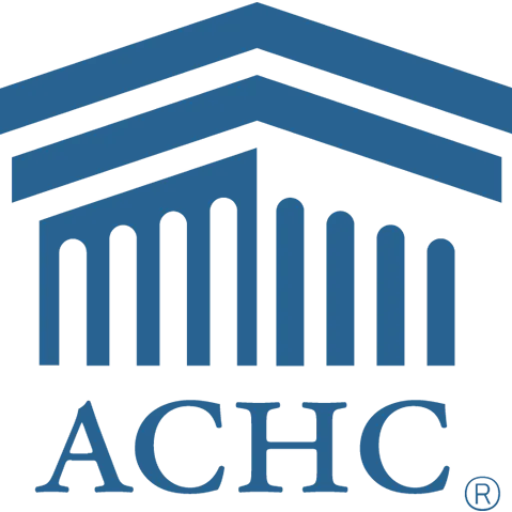The Future of TPN: Emerging Trends in Parenteral Nutrition
Understanding Total Parenteral Nutrition
Total Parenteral Nutrition (TPN) is a vital medical intervention, providing essential nutrients intravenously to patients unable to absorb them through the gastrointestinal tract. As TPN technology and protocols advance, emerging trends begin to shape its future in clinical settings significantly. This article explores the latest innovations, guidelines, and research shaping the future of TPN, offering insights into how these developments can improve patient outcomes, particularly among neonates and other vulnerable populations.
Advancements in Neonatal TPN Protocols

Recent adaptations in TPN for preterm neonates
Recent adaptations in total parenteral nutrition (TPN) protocols have shown significant promise in improving outcomes for preterm neonates. Evidence-based guidelines now advocate for the early inclusion of suitable concentrations of amino acids and energy. This shift emphasizes a proactive approach in neonatal care, addressing the specific nutritional needs of very low birth weight (VLBW) and extremely low birth weight (ELBW) infants.
Impact on survival and development outcomes
The impact of these advancements on survival rates and developmental outcomes is noteworthy. Studies indicate that early initiation of nutritional support can optimize growth, with enhanced weight gain and improved head circumference metrics observed by 36 weeks gestational age. Furthermore, adequate early amino acid intake (2.0-4.0 g/kg/day) has been linked to reduced postnatal growth failure, particularly among ELBW infants, underscoring the importance of rapid response in neonatal care.
Optimal concentrations of amino acids and energy
To ensure the best possible health outcomes, guidelines suggest energy intake rates between 90-111 kcal/kg/day, tailored to replicate in utero growth patterns. This recommended energy level not only supports healthy weight gain but also mitigates the risk of complications such as necrotizing enterocolitis. As TPN practices continue to evolve, careful monitoring remains critical to customize nutritional interventions, ensuring individualized supplementation that prioritizes the unique needs of each neonate.
Importance of Standardized TPN Formulations
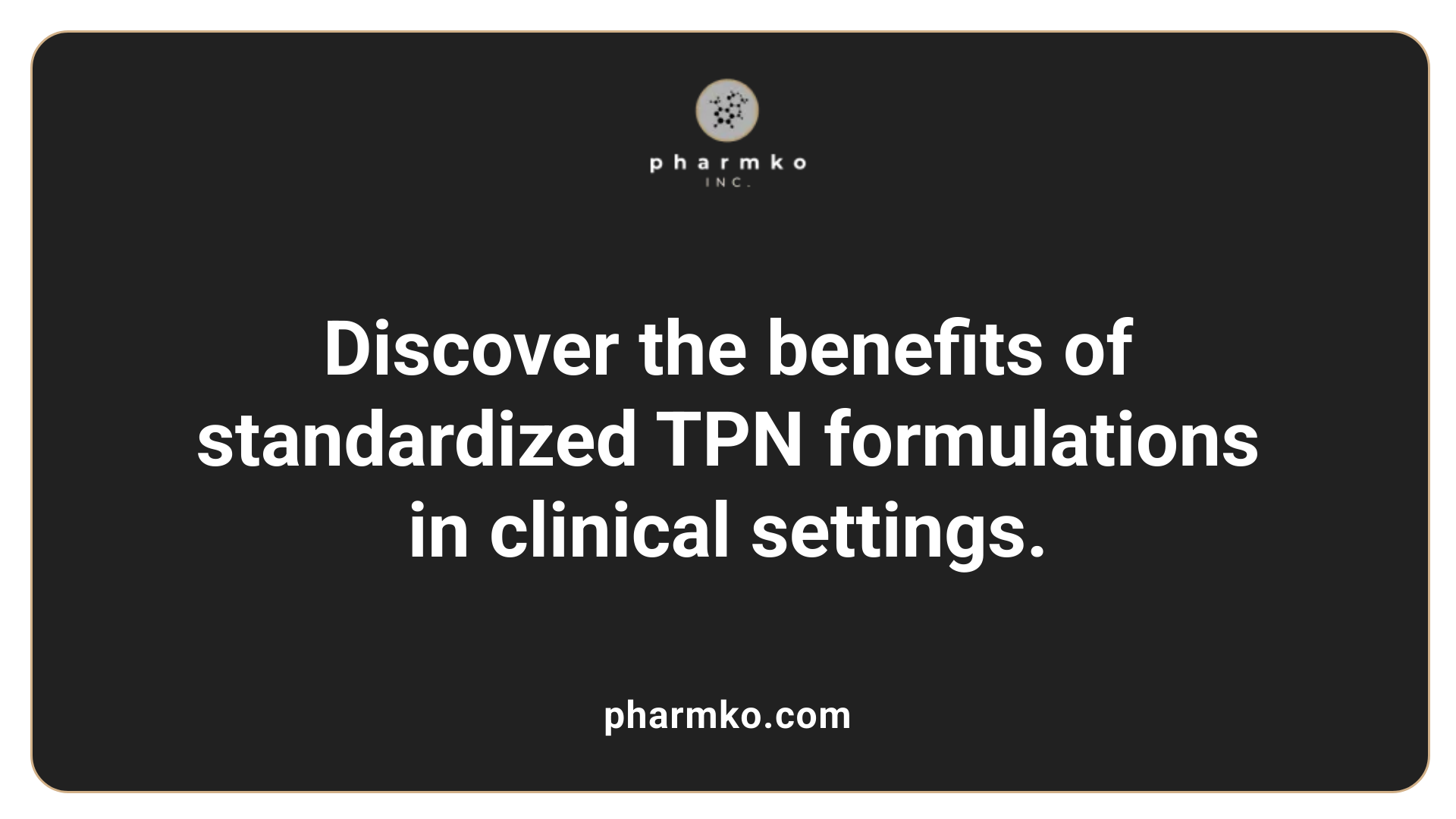
Benefits of standardized TPN in clinical settings
Standardized Total Parenteral Nutrition (TPN) formulations are increasingly recognized for their role in enhancing patient care, particularly among preterm neonates in neonatal intensive care units (NICUs). These formulations provide tailored nutritional support while ensuring consistent delivery of essential nutrients such as proteins, fats, and carbohydrates. By following evidence-based guidelines, healthcare providers can better meet the specific nutritional needs of very low birth weight (VLBW) and extremely low birth weight (ELBW) infants. This systematic approach helps in optimizing growth and developmental outcomes, reducing the risk of complications associated with underfeeding or overfeeding.
Cost savings and adherence to guidelines
One of the significant advantages of implementing standardized TPN is the potential for cost savings. By utilizing pre-formulated solutions, hospitals reduce the need for compounded solutions, which can be resource-intensive to prepare. Moreover, standardized formulations promote adherence to clinical guidelines, minimizing variations in nutritional practices across different healthcare providers. This consistency is crucial in ensuring that all patients receive evidence-based nutrition, leading to improved health outcomes.
Reduction in hospital-acquired infections
Another compelling reason for adopting standardized TPN formulations is their association with reduced rates of hospital-acquired infections. Premixed parenteral nutrition solutions are safer to administer than personalized compounded mixtures, decreasing the likelihood of contamination and errors in preparation. This focus on safety makes standardized TPN integral to modern patient care, especially in vulnerable populations such as neonates, where the prevention of infections is a critical component of supportive care.
New Lipid Emulsions in TPN
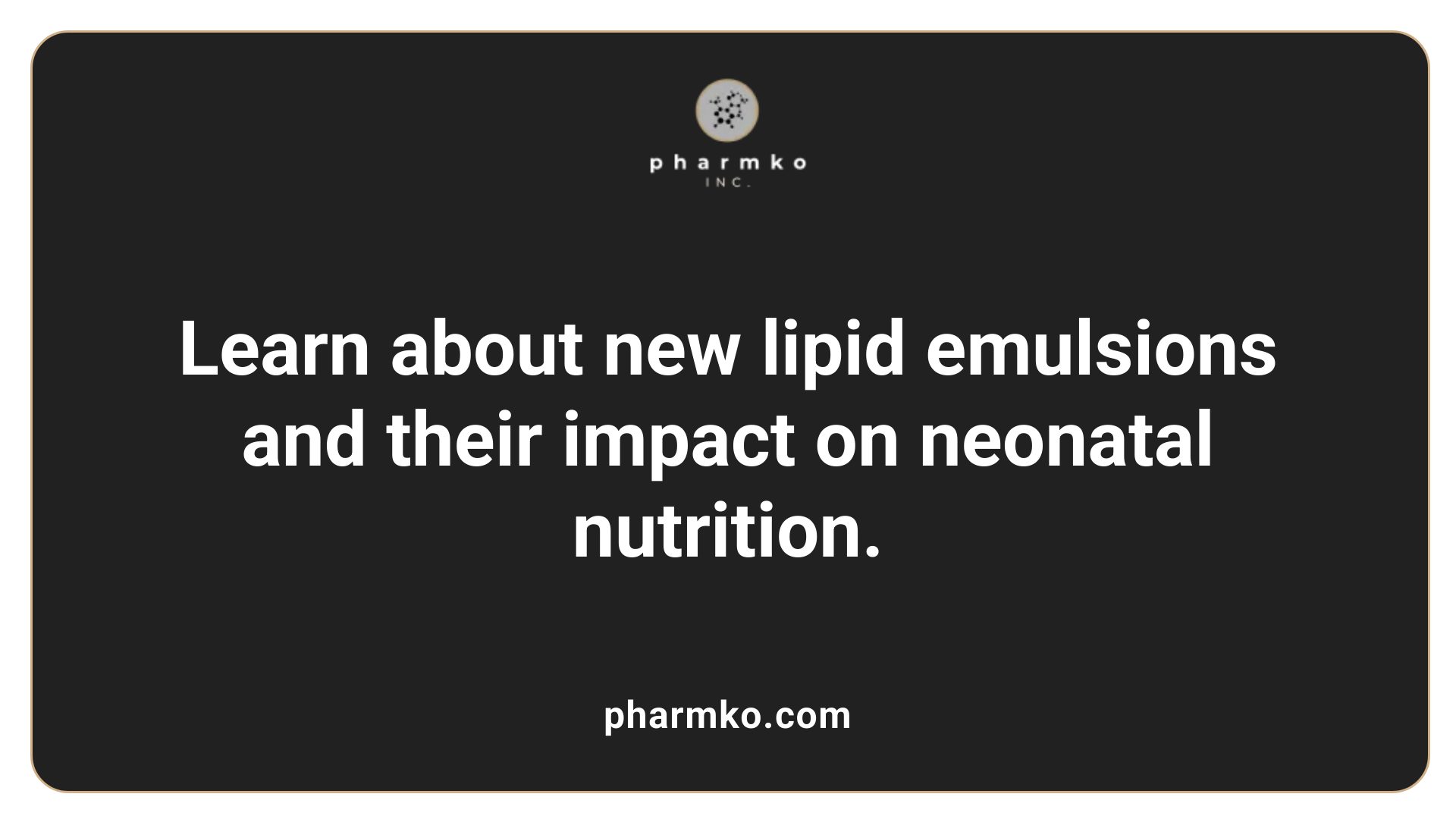
Evolution of lipid emulsions in TPN
Since the 1970s, lipid emulsions used in total parenteral nutrition (TPN) have transitioned significantly. Early formulations that primarily utilized cottonseed oil have given way to soybean oil, and more recently, to new-generation emulsions. This shift addresses various adverse effects linked with older formulations, aiming to enhance patient safety and health outcomes.
Role in addressing liver health concerns
Concerns over liver health, particularly the prevalence of parenteral nutrition-associated liver disease (PNALD), have driven innovation in lipid formulations. Studies indicate that traditional soybean oil emulsions can disrupt bile acid homeostasis, thus contributing to serious liver complications in infants. New lipid emulsions incorporate essential fatty acids and antioxidants, like vitamin E, which help protect against oxidative stress and liver injury, ensuring safer nutritional support for vulnerable patient populations.
Introduction of fish oil emulsions
Fish oil lipid emulsions, such as Omegaven, represent a significant advancement in TPN practices. These emulsions are rich in omega-3 fatty acids, which are proven to resolve PNALD and have gained FDA approval for use in infants. Their incorporation into TPN protocols is associated with improved hepatic function and reduced incidence of complications, making them a highly beneficial option in the care of preterm and low birth weight infants.
| Aspect | Traditional Emulsions | New-generation Emulsions |
|---|---|---|
| Main Components | Soybean oil | Fish oil, olive oil, high omega-3 fatty acids |
| Liver Health Impact | Associated with PNALD | Reduces incidence of PNALD |
| Antioxidant Inclusion | Limited | Enhanced vitamin E content |
| FDA Approval Status | Varies | Fish oil emulsions like Omegaven are approved |
Guidelines for Early TPN Administration
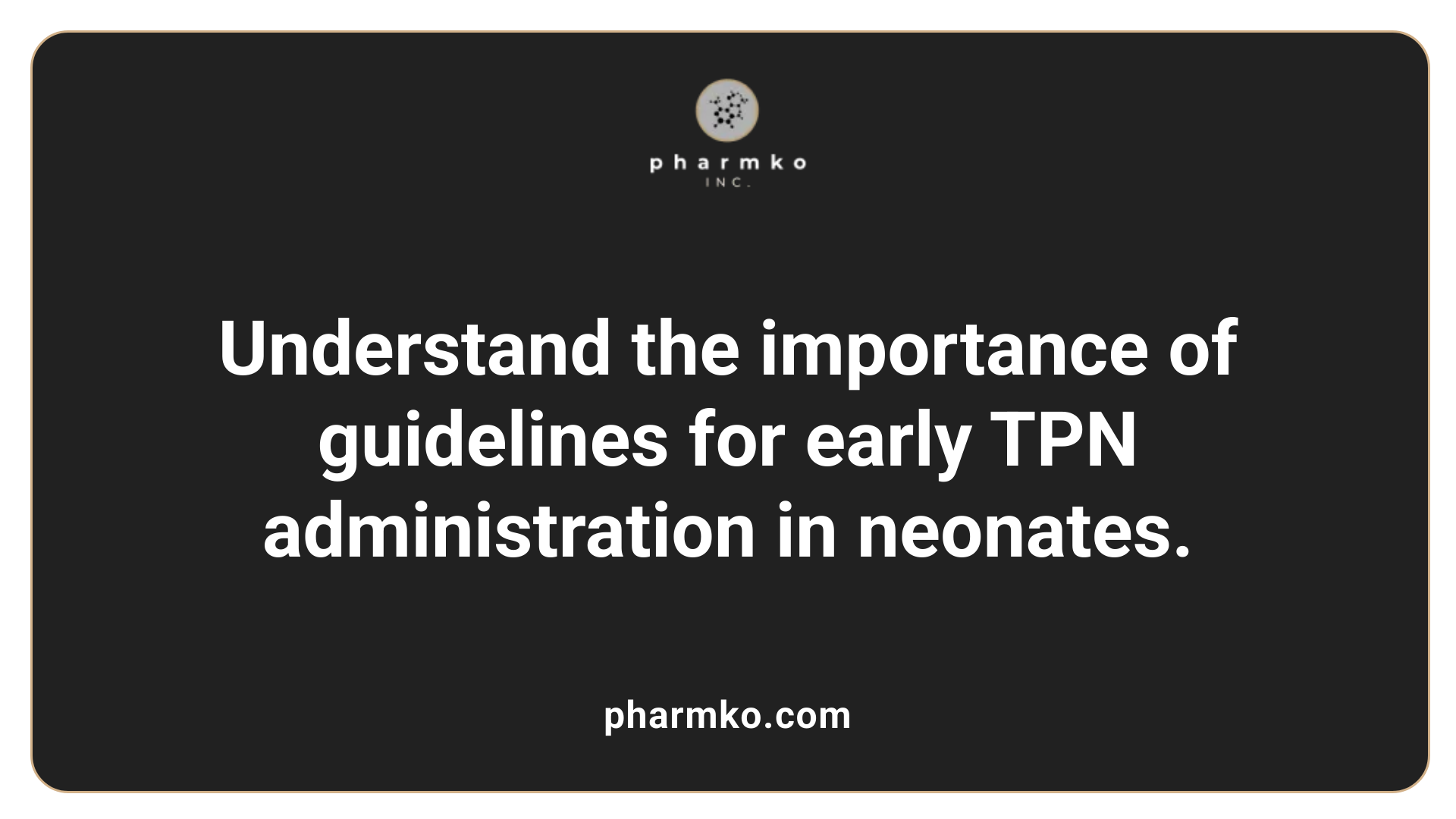
Importance of Early Amino Acids and Energy Provision
Early initiation of total parenteral nutrition (TPN) is crucial, particularly for preterm infants. Evidence indicates that the timely provision of amino acids (2.0-4.0 g/kg/day) along with adequate caloric intake (90-111 kcal/kg/day) fosters optimal growth. This approach helps to mitigate postnatal growth failure in very low birth weight (VLBW) and extremely low birth weight (ELBW) infants.
Evidence-Based Guidelines for Neonates
Recent evidence-based guidelines emphasize that early TPN should include appropriate concentrations of amino acids and energy. Standardized formulations are being adopted in neonatal intensive care units (NICUs) to ensure safe and effective nutrient administration. Such consistency adheres closely to clinical guidelines, promoting better health outcomes.
Impact on Neurodevelopmental Outcomes
Obtaining favorable neurodevelopmental outcomes is significantly impacted by early TPN administration. Studies link prompt delivery of essential nutrients with enhanced growth metrics, including weight and head circumference, aiding in reducing the risks of complications like necrotizing enterocolitis. A focused emphasis on individualized supplementation throughout TPN practices ensures that the unique needs of each neonate are met.
Market Growth and Trends in Parenteral Nutrition
Projected Market Growth and Factors
The global parenteral nutrition market has seen significant growth and is projected to expand from USD 7.31 billion in 2024 to USD 10.89 billion by 2032, reflecting a compound annual growth rate (CAGR) of 5.10% during the forecast period from 2025 to 2032. Key drivers include an increasing prevalence of metabolic disorders and chronic diseases, coupled with rising rates of malnutrition worldwide.
Impact of Chronic Diseases and Aging Population
With an aging population prone to chronic diseases such as diabetes and cancer, the demand for parenteral nutrition (PN) is expected to grow. Approximately 20 million people were diagnosed with cancer in 2022, with malnutrition affecting around 20% of oncology patients. Such statistics highlight the critical role of PN in maintaining patient health amid rising chronic conditions.
Technological Advancements in TPN
Advancements in technology have revolutionized total parenteral nutrition (TPN) delivery systems. Innovations such as sophisticated infusion pumps have improved the efficacy and safety of TPN administration. Digital health technologies are also making a mark, enabling remote monitoring, which enhances patient care by facilitating real-time interactions between healthcare providers and patients. These developments underscore the ongoing evolution in the field of parenteral nutrition, improving patient outcomes through enhanced delivery methods.
Comparative Analysis of TPN and Enteral Nutrition
What are the expected outcomes of TPN therapy?
The expected outcomes of Total Parenteral Nutrition (TPN) therapy include achieving and maintaining adequate nutritional status. This is monitored through stable weight or weight gain, alongside improved laboratory markers such as albumin and electrolyte levels. Patients should also demonstrate normal blood glucose levels, with careful monitoring to prevent hyperglycemia or hypoglycemia.
Additionally, successful TPN therapy aims to keep patients free from complications, which can include infections, fluid imbalances, or metabolic disturbances. Ongoing assessment and adjustments based on individual patient needs are crucial for effective management. Overall, TPN is designed not only to support nutrition but also to enhance the patient's overall health and well-being.
Risks and benefits of TPN versus enteral nutrition
Parenteral nutrition carries certain risks, including infection from central venous catheters, hyperglycemia, and metabolic complications, especially in patients with obesity or insulin resistance. Conversely, enteral nutrition is often associated with fewer complications, as it utilizes the gastrointestinal tract, which is less likely to lead to metabolic disturbances.
While enteral nutrition limits the risk of overfeeding due to gastrointestinal tolerance, TPN may be necessary for patients with severe malnutrition or gastrointestinal failure where enteral support is inadequate. Thus, the decision between TPN and enteral nutrition must be individualized, balancing potential risks with nutritional needs.
Implications for specific patient groups
Specific patient groups, such as those with chronic conditions or post-surgical needs, may benefit differently from TPN or enteral nutrition. For example, patients recovering from cancer treatment often require TPN to replenish nutrients effectively. In contrast, neonates and preterm infants are increasingly managed with standardized TPN formulations to promote safe growth and development. Each scenario necessitates careful consideration of nutritional strategies to optimize outcomes.
Integration of AI and ML in TPN Administration
Potential of AI and ML to reduce human error
Artificial intelligence (AI) and machine learning (ML) hold significant potential in enhancing the safety of total parenteral nutrition (TPN) administration. Studies indicate that approximately 10-20% of patients receiving TPN experience adverse events, often due to human error. By automating critical calculations and monitoring processes, AI and ML could potentially reduce these incidents by up to 50%, leading to safer patient outcomes.
Automation in TPN management
The integration of AI and ML into TPN management allows for improved efficiency and effectiveness in delivering nutritional support. This technology can streamline the process of determining an individual’s nutritional needs, helping healthcare providers to tailor TPN formulations accurately. Automated systems can enhance adherence to guidelines, ensuring that all safety protocols are followed consistently.
Challenges and future developments
Despite these advancements, several challenges must be addressed for successful integration. Regulatory approval and validation of AI algorithms are currently in experimental stages, which may delay widespread adoption. Continuous research and collaboration among technology developers and healthcare providers are essential to navigate these hurdles. As technology evolves, the synergistic application of AI and ML in TPN administration has the potential to significantly enhance patient care, making nutrition support safer and more effective.
Role of ASPEN in Parenteral Nutrition Guidelines
ASPEN's Contribution to TPN Guidelines
The American Society for Parenteral and Enteral Nutrition (ASPEN) plays a crucial role in shaping guidelines for total parenteral nutrition (TPN), particularly for vulnerable populations like preterm infants. Their evidence-based guidelines highlight the importance of early and adequate nutrient provision—specifically amino acids and energy—in TPN protocols. This is essential to optimizing growth and minimizing complications associated with prematurity.
Impact on Preterm Infant Care
ASPEN's guidelines emphasize the necessity of advancing TPN practices to improve survival rates and developmental outcomes in preterm infants. As standardized formulations gain traction, adherence to these guidelines is reinforced, promoting consistency in TPN administration across neonatal intensive care units (NICUs). The focus on individualized nutritional needs, alongside the monitoring of specific intake rates, fosters a tailored approach to patient care, essential for the well-being of vulnerable neonates.
Educational Initiatives
ASPEN also prioritizes education in the field of parenteral nutrition. They offer training programs, including a Nutritional Support Certificate, aimed at equipping healthcare professionals with the best practices for ordering and administering TPN. This initiative is pivotal in reducing the risks associated with parenteral nutrition, such as infections and human error during preparation. By enhancing education and compliance, ASPEN's efforts significantly contribute to the evolution and safety of parenteral nutrition practices.
TPN Safety Enhancements: Educational Programs and Monitoring
Educational initiatives for healthcare professionals
Education plays a pivotal role in enhancing the safety of Total Parenteral Nutrition (TPN) administration. Organizations like the American Society for Parenteral and Enteral Nutrition (ASPEN) have developed various educational programs, including certifications for healthcare professionals. These programs aim to ensure that practitioners are well-versed in best practices for ordering and administering TPN. Through comprehensive training, staff can better recognize the complexities of TPN management, thus reducing the potential for human error.
Risk reduction in TPN administration
With approximately 10-20% of TPN patients experiencing adverse events due to errors, risk reduction strategies are crucial. Implementing educational initiatives focused on safe handling and administration techniques can significantly lower this incidence. Furthermore, standardized TPN formulations help promote safer administration practices by adhering to established clinical guidelines consistently. These formulations reduce variability and uncertainty in nutrient delivery, thereby enhancing patient safety.
Importance of ongoing monitoring
Beyond training, continuous monitoring of TPN patients is necessary to optimize nutrition and avoid complications. Regular assessment of patient outcomes, lab values, and anthropometric data can help healthcare teams make informed adjustments to TPN regimens, ensuring that individual nutritional needs are met. The use of technology, including indirect calorimetry, facilitates accurate measurement of energy requirements, further supporting personalized TPN management. As TPN practices evolve, ongoing vigilance will be essential to maintain optimal safety and effectiveness.
Nutritional Innovations and TPN Components
What Developments Are Being Made in TPN Components?
Recent research has shown a growing interest in the incorporation of glutamine as an important supplement in total parenteral nutrition (TPN). Glutamine is recognized for its role in immune function and gut health, making it especially valuable for patients undergoing severe stress or recovery. Its inclusion aims to provide additional support during critical periods of healing, although current understanding of dose requirements is still evolving.
What Research is Focused on Energy and Nutrient Requirements?
Emerging studies are investigating the specific energy and nutrient requirements for patients receiving parenteral nutrition, particularly in vulnerable populations like preterm infants. The guidelines suggest optimal energy intake rates between 90-111 kcal/kg/day , which are crucial for reducing complications such as neurodevelopmental impairments. These findings emphasize a tailored approach to meet individual patient needs and enhance overall outcomes.
Why is Individualized Supplementation Important?
Despite the advancements in standardized TPN formulations, individualized supplementation remains vital. Each patient presents unique nutritional needs based on factors such as age, weight, underlying health conditions, and response to treatment. Continued monitoring and assessment are necessary to adjust nutrient delivery and ensure safety, ultimately leading to improved health outcomes.
| Aspect | Details | Focus |
|---|---|---|
| TPN Component Development | Glutamine as a nutrition enhancer | Immune support |
| Energy & Nutrient Research | Target energy intake rates (90-111 kcal/kg) | Growth optimization |
| Individualized Supplementation | Tailored nutrient delivery based on patient needs | Safety & efficacy |
Home Parenteral Nutrition (HPN) Advancements
Evolution of HPN and Its Benefits
Home parenteral nutrition (HPN) has undergone significant advancements, allowing patients who cannot consume foods orally to receive necessary nutritional support at home. This evolution is crucial for individuals with chronic conditions, including cancer, where standard nutrition is often insufficient. HPN enables tailored nutrition that meets specific metabolic requirements, contributing to better health outcomes.
Impact on Quality of Life
By facilitating nutrition delivery at home, HPN drastically improves the quality of life for patients. Patients can maintain daily activities and enjoy family life without the burden of hospital stays. Moreover, HPN can prevent malnutrition-related complications that result from prolonged hospitalizations, enhancing overall well-being.
Outpatient Care Innovations
Technological advancements have played a pivotal role in transforming HPN. Modern infusion pumps and user-friendly delivery systems offer greater safety and convenience. Additionally, digital health technologies facilitate remote monitoring and real-time communication between patients and healthcare providers, ensuring timely interventions in case of any complications. This innovative approach ensures that patients can manage their nutrition effectively while reducing hospital visits.
Historical Context and Progress in TPN
Historical Development of TPN
Total Parenteral Nutrition (TPN) was first developed in the 1960s, fundamentally transforming how patients receive essential nutrients. Initially, TPN formulations were rudimentary and often comprised simple dextrose solutions, which lacked essential proteins and lipids crucial for recovery. The evolution of TPN has been driven by advancements in understanding nutrient requirements, leading to more comprehensive formulations over time.
Transition from Early Formulations
Early lipid emulsions primarily used cottonseed oil, which was later replaced by soybean oil due to associated adverse effects. The introduction of new generations of lipid emulsions, including fish oils, marked significant progress in optimizing patient outcomes and addressing liver health concerns. Current trends lean toward standardized TPN formulations that promote safer administration and consistency in clinical practices.
Importance of Ongoing Research
Despite these advancements, continuous research is vital. The need for new lipid formulations tailored for specific populations, such as very low birth weight (VLBW) infants, remains a critical area of focus. Additionally, prospective studies are exploring the metabolic effects of various nutrients to enhance TPN's effectiveness and minimize complications, ensuring that the progress in TPN continues to align with evolving patient needs.
Role of New Lipid Emulsions in Neonatal Care
Criticality for Energy and Fatty Acid Provision
New lipid emulsions play a vital role in providing energy and essential fatty acids to preterm neonates receiving total parenteral nutrition (TPN). These nutrients are especially crucial for infants who may have immature or compromised gastrointestinal systems, where enteral feeding is not feasible. Lipid emulsions ensure that these vulnerable patients obtain the necessary fats and calories crucial for their development and overall health.
Development of Next-Gen Emulsions
Modern formulations of lipid emulsions have significantly evolved since their introduction. The transition from traditional soybean oil to new-generation emulsions, which often incorporate fish oils and olive oils, reflects a shift towards improved nutrient profiles. These new formulations not only enhance caloric offers but also address concerns related to liver health and metabolic function.
Impact on PN-Associated Liver Disease
Research has shown that specific lipid formulations, especially those enriched with omega-3 fatty acids like DHA and EPA, may reduce the risk of parenteral nutrition-associated liver disease (PNALD) in neonates. For instance, Omegaven, a fish-oil based emulsion, has been linked to improvements in liver function and a reduction in cholesterol levels in infants, signifying a positive advancement in mitigating complications associated with traditional lipid sources.
Reducing Complications in TPN Therapy
Focus on preventing infections and metabolic disturbances
Total parenteral nutrition (TPN) is indispensable for patients who cannot intake nutrients via the GI tract, but it carries significant risks, including infections and metabolic disturbances. The use of premixed parenteral nutrition formulations over traditional compounded solutions is recommended because it has been linked to a lower risk of hospital-acquired infections. This reflects a wider focus on ensuring safety in TPN administration, particularly in vulnerable populations such as preterm neonates.
Role of glucose control and careful monitoring
Metabolic control is crucial in TPN management. Research shows that strict glucose control is essential for preventing complications, such as hyperglycemia and increased risk of infection. Regular monitoring of blood glucose levels, coupled with skilled administration of nutrients, is necessary to mitigate adverse events. Studies indicate that managing glucose can enhance patient outcomes and substantially reduce mortality in critically ill patients as compared to other nutritional strategies.
Strategies for personalized care
Individualized care through careful nutrition monitoring ensures that each patient's specific requirements are met. Indirect calorimetry is now used to assess energy needs, helping to avoid overfeeding and underfeeding. With these advancements, healthcare providers can tailor TPN formulations—adjusting macronutrient compositions to meet the unique needs of patients, ultimately promoting safety and efficacy in nutrition support.
| Strategy | Purpose | Benefits |
|---|---|---|
| Use of premixed formulations | Reduce infection risk | Improved safety during administration |
| Glucose control monitoring | Prevent hyperglycemia and infections | Lower complications, enhanced outcomes |
| Individualized assessments | Tailor TPN to patient needs | Optimize nutritional delivery and safety |
Challenges in Parenteral Nutrition Research

Need for Improved Understanding of Nutritional Needs
Despite advancements in total parenteral nutrition (TPN), there's still much to uncover regarding the precise nutritional requirements necessary for optimal patient recovery. Current methods primarily fulfill basic needs, but individual variations in metabolism and clinical conditions call for a more nuanced approach. Further research is vital to define these ideals accurately.
Focus on New Nutritional Elements like Glutamine
One area of potential improvement is the incorporation of new nutritional elements such as glutamine. While it's recognized for its various benefits, its role in TPN still lacks comprehensive elucidation. Investigating glutamine's impact may reveal enhanced growth and healing outcomes, especially in critically ill patients.
Addressing Ingredient Shortages
Ingredient shortages present another significant obstacle. A consistent supply of high-quality nutritional components is crucial for tailoring TPN to individual patients. Any scarcity can compromise the effectiveness and safety of the administration, affecting patient outcomes. Fostering solutions to overcome these shortages must be a priority within TPN research.
As the field evolves, understanding these challenges ensures a sustained push towards more effective and safe nutritional support in parenteral solutions.
Transitioning Off TPN Effectively
Why is TPN sometimes tapered before being discontinued?
Your clinician may order a taper on your TPN to prevent low blood sugar, also known as hypoglycemia. The taper is usually done at the end of your TPN session, involving a slow decrease of the infusion rate prior to stopping the TPN. This gradual reduction helps the body adjust to the absence of intravenous nutrition, allowing it to resume normal dietary intake smoothly.
Processes for tapering TPN
Tapering TPN is a delicate process that must be approached with careful planning. Typically, the clinician will reduce the TPN infusion rate by a percentage—often around 10-20%—over specified intervals. This might be done over several hours or days, depending on the patient's tolerance and individual nutritional needs. Close monitoring of blood glucose levels and patient symptoms during this process is crucial.
Prevention of complications like hypoglycemia
To prevent complications like hypoglycemia during the tapering process, clinicians may choose to implement a hybrid approach where some enteral feeds are introduced gradually alongside reducing TPN. Maintaining stable monitoring helps catch any early signs of issues, such as fluctuation in glucose levels, maintaining patient safety during the transition.
Strategies for stabilization post-TPN
Post-TPN stabilization strategies include transitioning to enteral nutrition that matches the patient's required caloric intake and nutritional needs. Nutritional assessments and continuous monitoring will help in assessing the adequacy of oral intake and prevent any potential nutrient deficiencies. Patient education on dietary options also plays a vital role in ensuring success during this transition, emphasizing the importance of balanced meals in maintaining health post-TPN.
Conclusion: Towards a Safer, More Effective TPN Future
The future of Total Parenteral Nutrition (TPN) is filled with promise as ongoing research and technological advancements continue to unfold. From improved neonatal care protocols to the integration of AI, TPN is evolving to become safer and more effective. Continuous efforts in market growth, adherence to guidelines, and patient-specific strategies highlight the importance of TPN in modern medicine. As healthcare professionals and researchers strive to refine TPN protocols, the focus remains on maximizing patient outcomes while minimizing risks, setting the course for a brighter, healthier future for all dependent on this life-saving nutritional therapy.
References
- Current trends and future challenges in neonatal parenteral nutrition
- Trends in Parenteral Nutrition - Today's Dietitian Magazine
- Advances in Medical Nutrition Therapy: Parenteral Nutrition - PMC
- Current trends and future challenges in neonatal parenteral nutrition
- Current trends and future challenges in neonatal parenteral nutrition
- Total parenteral nutrition: A boon to non-functional gastrointestinal ...
- Current trends and future challenges in neonatal parenteral nutrition
- Parenteral Nutrition Market Growth, Clinical Applications & Trends
- Parenteral Nutrition Market Size And Share Report, 2030
- AI/ML in Total Parenteral Nutrition | IEEE Computer Society



